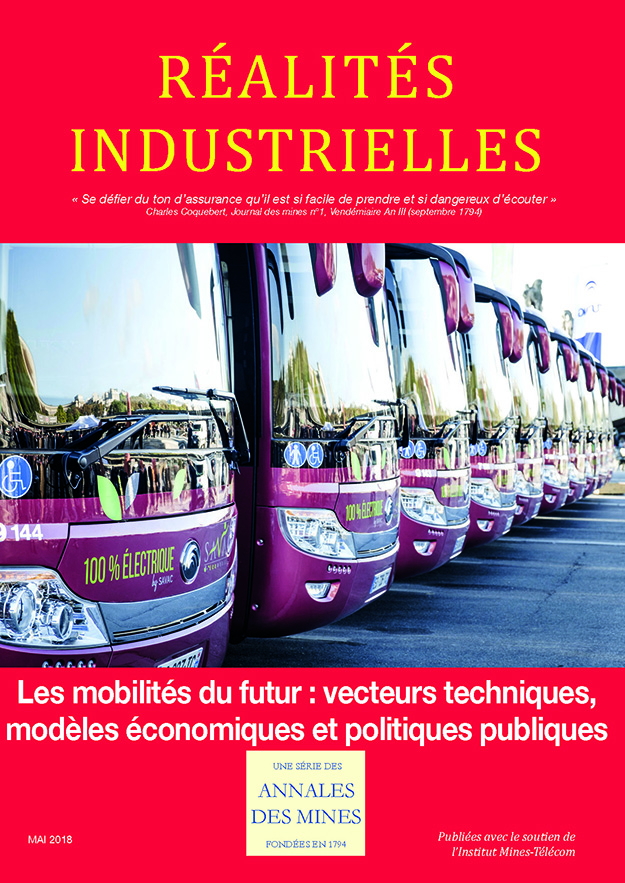|
 Mai 2018 - Les mobilités du futur : vecteurs techniques, modèles économiques et politiques publiques Mai 2018 - Les mobilités du futur : vecteurs techniques, modèles économiques et politiques publiques
L’organisation des transports dans la métropole de Londres : un historique de ses atouts et de ses difficultés
Par Christian FATRAS
Chargé du pôle Industrie, numérique et énergie du Service économique régional (SER) de Londres (DG Trésor)
et
Pauline VIRLOUVET
Attachée Transports et industrie au sein du Service économique régional de l’ambassade de France au Royaume-Uni (DG Trésor)
L’organisation des transports de la métropole de Londres est très souvent citée en exemple par le reste du monde. Dotée du métro le plus ancien au monde, Londres bénéficie d’un réseau très étendu et intermodal et a su relever de nombreux défis du XXIe siècle liés à la transition vers la croissance verte et à l’intégration de nouvelles formes de mobilité. Toutefois, la métropole de Londres pâtit d’un réseau surutilisé et éprouve de grandes difficultés à réaliser les grands projets d’infrastructure nécessaires à son désengorgement du fait de difficultés de financement et de problèmes de gouvernance. À l’image d’autres villes dans le monde, Londres va également devoir s’habituer à de nouveaux modes de mobilité et renouveler son organisation pour accompagner ce changement.
 Télécharger gratuitement l'article Télécharger gratuitement l'article
 Retour au sommaire Retour au sommaire
 May 2018 - Mobility of the future: Technical vectors, business models and public policies May 2018 - Mobility of the future: Technical vectors, business models and public policies
The organization of transportation in the London metropolitan area: A history of its positive points and difficulties
Christia Fatras,
assistant to the pole of industry, digital technology and energy in the Regional Economic Service of London (DG Trésor),
and
Pauline Virlouvet,
attaché for transportation and industry in the Regional Economic Service of the Embassy of France to the United Kingdom (DG Trésor)
The rest of the world often points to the organization of transportation in the London metropolitan area as an example. Equipped with the world’s oldest “tube”, London has an extended, intermodal system. The city has addressed many of the issues in this 21st century related to “green growth” and new forms of mobility. However the metropolitan area’s system is overused, and there are major difficulties (of funding and governance) with conducting the big public works on the infrastructure that are necessary to relieve congestion. Like other cities worldwide, London is going to have to become used to new forms of mobility and overhaul its organization to adapt to this change.
 Retour au sommaire Retour au sommaire
|




